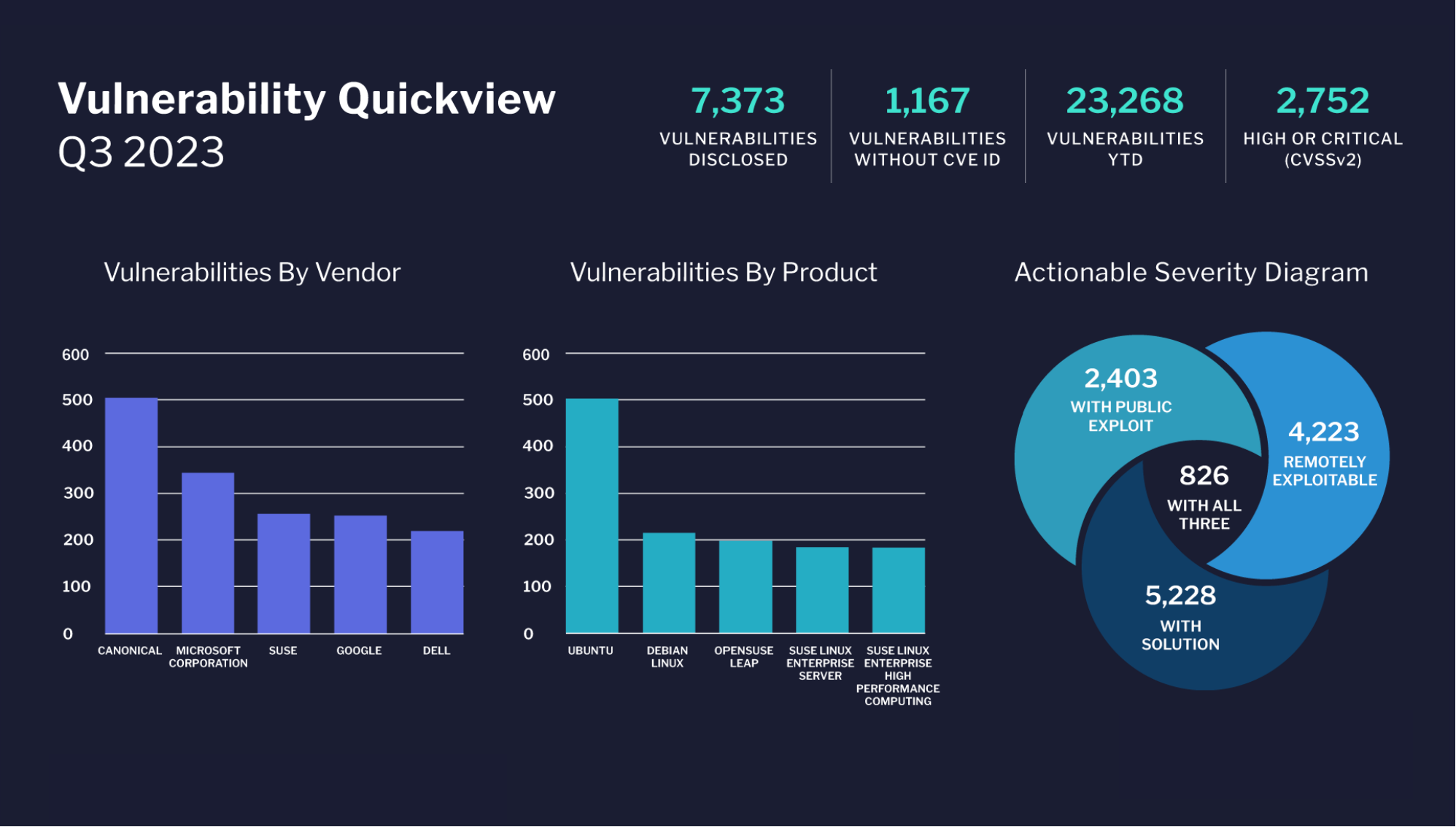The fintech industry witnessed an enormous growth in 2015. Around $7.6 billion were invested in fintech companies last year, a substantial increase from the $4.7 billion in 2014. There is no doubt that this momentum will continue this year. The growth of capital being invested in fintech companies illustrates how technology and the web are changing the very nature of financial services and how money is being handled.
Below are four fintech trends to be on the look out for:
Millennials, those born between 1980 and 2000, is the largest generation in American history and is shaping the fintech industry as we know it. According the Millennial Disruption Index, banking show that 68% of respondents say they see the way one accesses their money will change in the next five years, while nearly half are counting on tech start-ups to overhaul the way banks work. They believe that innovation to banking will not come from within, but from outside. Millennials are looking towards fintech start-ups to disrupt the banking industry.
These companies are sitting up and taking notice. Many of these fintech startups emerging on the scene are relying on millennials for their success and are leveraging technologies popular among young adults, such as mobile apps and social media. Since 2010, startups in the digital banking sector have attracted more than $10 billion. Many of these hottest fintech startups geared towards this demographic are mobile-app only – to include Acorn (an investment platform), Robinhood (analyzes stock information), and Earnest (offers merit-based loans). There is no question that it is an exciting time to be a financial start-up.
Digital transformation goes well beyond providing simple technological solutions; it requires a deep understanding and analysis of an organization’s culture and business model. More importantly, going digital requires customer first thinking. Banks are facing a new reality where the ever changing consumer preferences and rapidly evolving financial technologies are dictating how business should be conducted. If properly implemented, digitization is one way for banks to remain relevant in an increasing competitive and fast-changing industry.
According to a study on digitization by A.T. Kearney, there are three areas that separates digital banking leaders from the rest of the pack: they understand the importance of mobile in a digital strategy, they are developing models that are more agile, and they have handled the need for internal cultural shifts. A number of fintech players are paving the way when it comes to digital banking. Instead of focusing solely on financial services and products, these companies are offering enhanced user experiences by leveraging technology and design.
There has been a massive outpouring of innovation and investment spread throughout the financial sector – from mobile banking to business lending. However, there is one glaring area ripe for innovation and that’s insurance. The insurance industry, one of the largest in terms of revenue, is a bit tricky to break into as it is heavily regulated. Nonetheless, it presents a huge opportunity for financial disruption.
There have been a few players that have attempted to take a crack at the insurance market, such as Lemonade, Oscar, and Metromile. Lemonade wants to offer insurance via a peer-to-peer platform, effectively acting as a middleman. Oscar aims to revolutionize health insurance and improve the customer experience through technology, data, and design. Metromile, on the other hand, sells pay-per-mile car insurance. These organizations offer an accessible user interface as well as consumer-friendly business models.
In essence, blockchain is a public record of every bitcoin transaction that has ever happened and it is believed that blockchain technology will significantly alter the financial services infrastructure. Earlier this year, NASDAQ claimed it documented a private security transaction that was successful via its ledger platform Linq. This apparently was the first real use case of blockchain technology.
Last year was considered as the year of the blockchain app; this year will usher in further innovation and rapidly evolving technology. One company that is capitalizing on the growing interest in blockchain technology is San Francisco-based Blockstack.io. Their platform offers four functions: 1) asset insurance to represent real-world assets; 2) a private ledge that is optimized for high transaction volume; 3) transaction management allowing users to describe transaction flows between parties; and 4) multi-signature wallet security. Blockstack.io is just one in a new wave of blockchain-first tech firms looking to partner with various financial institutions to utilize blockchain technology.
By Joya Scarlata





